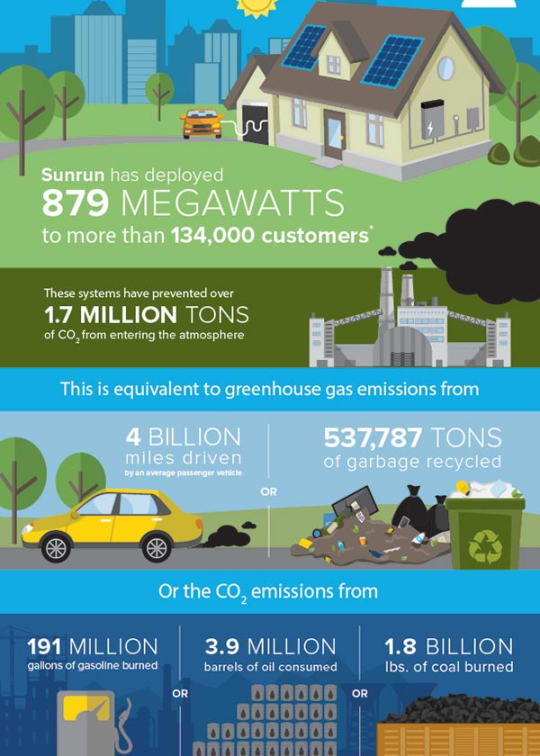Positives of Solar Power: Living Oil-Free
At a glance..
This exceptional resource guide will explain the positives of solar power, including how to build and design your own photovoltaic system for your home.
The details..
Getting Started with Solar Power is a beginner's guide to setting up your own photovoltaic (PV) system. The authors provide detailed instructions on how to create a small, simple setup that can be used for powering lights or other low-power devices. They emphasize the importance of understanding where you are located geographically and site-specifically in order to maximize the amount of usable electricity from your system.
The heart of any PV system is the battery bank, which stores energy generated by the panels during daylight hours for use at night. The authors recommend using 6-volt golf cart batteries because they are relatively inexpensive and last five to eight years with good care. They caution readers about the dangers associated with improperly handling batteries but also offer tips on how best to house them safely.
The second major component of a PV system is the panel itself. New panels come with guarantees lasting at least 20 years; however, used units may also be viable options for those looking to save money upfront costs. The authors describe one commonly sold module
which produces 80 watts (4.5 amps) in full sun.
Finally, Getting Started With Solar Power explains some additional components necessary for creating a functional PV setup: racks or mounts upon which panels can be installed securely; control panels consisting of blocking diodes between panel(s) and battery(ies), disconnects between various parts of the circuitry along with fuses; as well as meters capable of monitoring voltage levels within each part.
